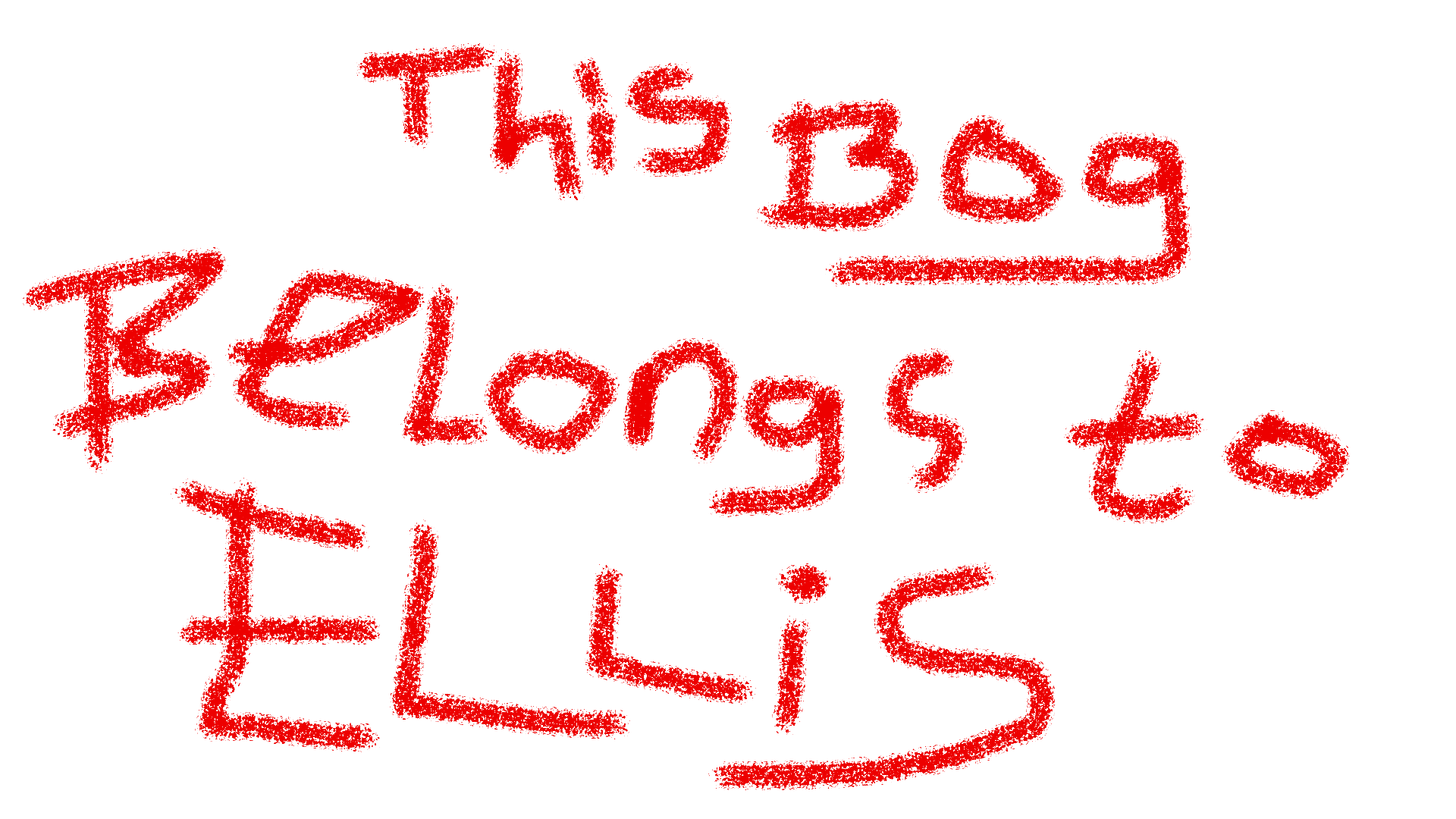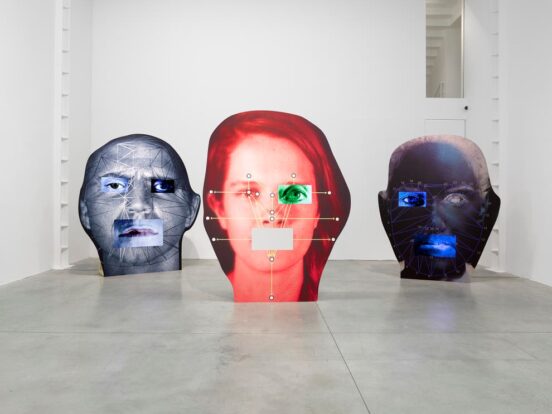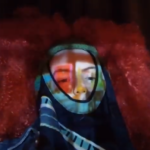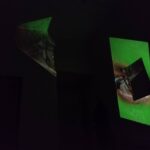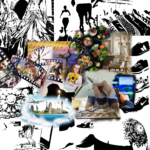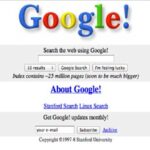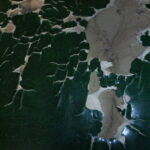Archiving Our (Dark) Lives – Erica Scourti
This work explores Scourti’s immense 15 year old archive of personal media, which she uploaded to Google Photos, subjecting them to auto-editing, classification and tagging. Taking advantage of this rigours sorting algorithm, she asked 5 writers to choose a word to filter it by, and a series of short videos were generated from the results. The media found contains many candid photos of friends, family and selfies in a variety of settings, alongside screenshots documenting online interactions and memes, photos taken at art galleries and many that fit outside and in between. It feels as though we’re being presented something very intimate, it would take a lot of self confidence to show the world a photo collection like this – most of the images presented were clearly stored for personal use rather than with the intention to share online. Based on what the writers had found, they were then asked to describe a piece of media they thought was missing from the generated collection, drawing on the system’s interpretation of the word and through Scourti’s experiences rather than more typical interpretations of the word.
template/variant/friend/stranger – Tony Oursler
Oursler’s recent work explores our relationship with facial recognition technology. Large, head shaped panels stand in a gallery, displaying discoloured faces with eyes and mouths replaced by built in monitors which show the features twitching, opening, closing and looking around from inside the static head. The lines which segment the faces are a visualisation of how computers map our facial traits, describing our body in a far more sophisticated way than we as humans do, as we often reference obvious and interchangeable features like the colour of length of someone’s hair when trying to describe them. Although technological, the lines have a mystical quality, like were looking at some astrological chart or lay lines. The artworks appear ghostly and dystopian, the confined witching eyes and mouths give a sense that a real person is trapped behind this digital record, the subtle twitches manage to convey a range of emotions, sending messages which one would assume a person could understand, however technology has progressed to a point at which this is no longer true.
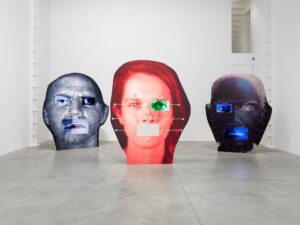
Petit Tube
Another source I could use for secondary images in my work is Petit Tube, a site that randomly selects YouTube videos with zero or the fewest views. It is an insight into the vast quantities of data that users upload every second that would otherwise go unnoticed, 30’000 hours worth of content are uploaded per hour, a number too exponentially high for a human to consume, but every bit of data servers their system and the mysterious ‘algorithms’ it contains.
